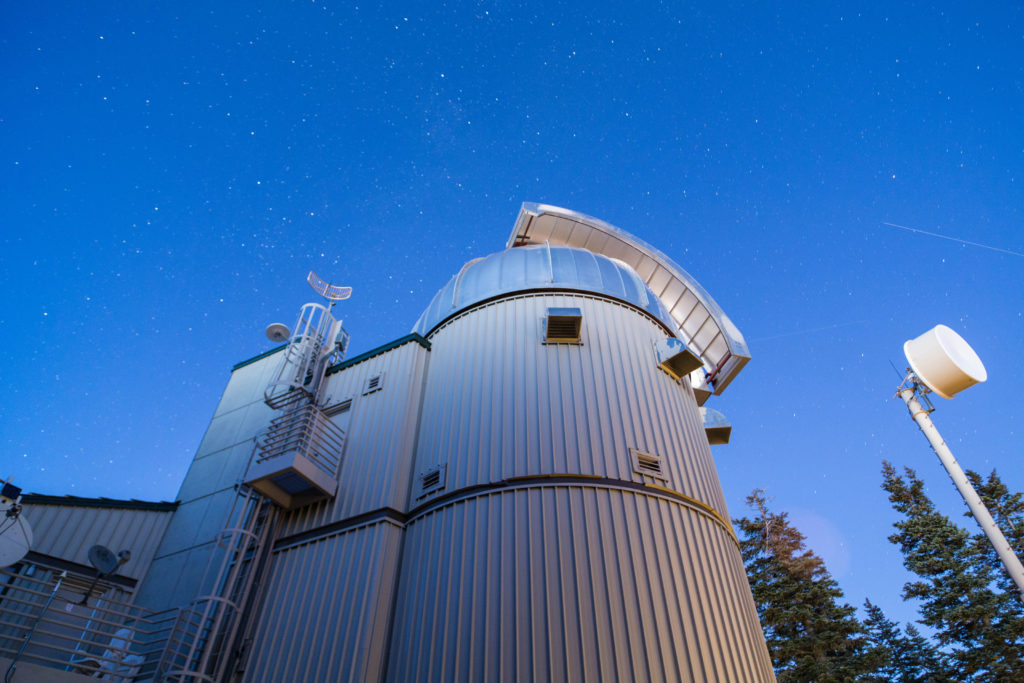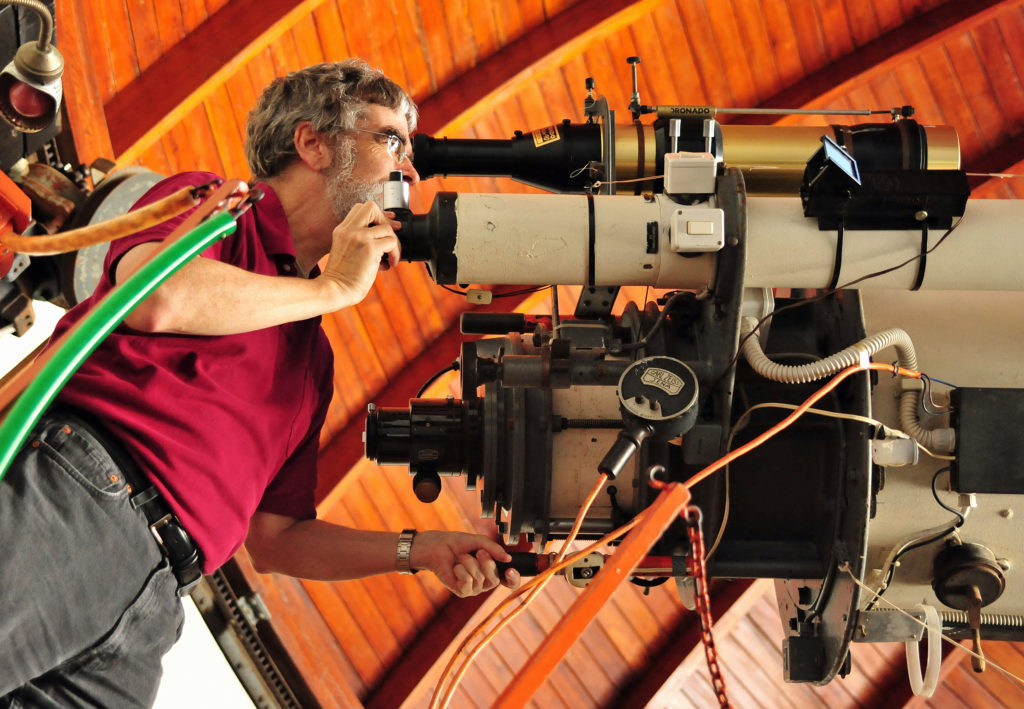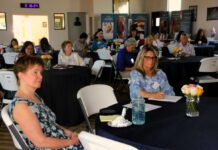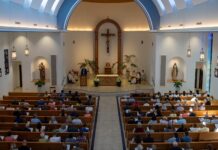
[quote_box_right]
‘Water in the Universe: From Icy Moons to Astrobiology’
When: 9 a.m. – 12 p.m., Saturday, Jan. 23
Where: Mount Claret Retreat Center, 4633 N. 54th St.
Cost: Free
Register online or contact Katie Steinke by e-mail or at (805) 901-6591.
For more information on the realationship between the Catholic Church and science visit vofoundation.org/blog.
[/quote_box_right]
The Catholic Church has pondered the handiwork of God’s creation through the lens of a telescope for centuries.
Pope Gregory XIII’s involvement to reform the Julian calendar in the 1500s prefigured the Vatican Observatory, one of the oldest astronomical institutions in the world. It was founded by Pope Leo XIII in 1891 with the goal to show the world that the Church supports good science.
What may be a surprise is, the Vatican has an observatory in Tucson where Jesuit priests, also astrophysicists, study the universe. As urban light pollution began to cloud the views of astronomers at Castel Gandolfo, a town in the Alban Hills outside of Rome, a new division of the observatory was established in 1980 on Mt. Graham in southeastern Arizona.
University of Arizona graduate Jesuit Brother Guy Consolmagno is the director of the Vatican Observatory and president of the Vatican Observatory Foundation. It’s a misconception to think the integration of faith and science is at odds; the Bible tells us who made the universe and science tells us how He did it, he said.
“If God created the universe, as we believe, then learning about how the universe was created and what it contains is a way of getting closer to that Creator,” said Br. Guy. “It’s not enough that the Church supports our science. We also have to be able to show it to the world.”
Recognized internationally as an epicenter for astronomy, the Tucson location is called the Vatican Observatory Research Group, which is hosted by the university’s Steward Observatory.
The Vatican Observatory built the Vatican Advanced Technology Telescope (VATT), which was dedicated in 1993 by Pope St. John Paul II.

The VATT uses some of the most advanced and innovative optics, electronics and mechanics available — helping to keep the Vatican in the forefront of astronomy.
“We are free to explore the universe, wherever our curiosity and interests lead us,” said Br. Guy. “Our job is not just to answer questions, but also to provoke new questions. The more you learn, the more you realize how much you still need to learn.”
The Holy See finances the observatory, however, the VATT is funded by private, philanthropic support through the Vatican Observatory Foundation.
According to Katie Bannan Steinke, development director of the foundation, the nonprofit was established in 1987 to support all fundraising and educational efforts.
“The foundation gathers donations to maintain the telescopes, roads, the building and we do a lot of outreach programs,” Steinke said.
Good science is the heart of their work.
This past year, contributions to the foundation funded the day-to-day operating expenses of the VATT, which allowed Vatican astronomers to study star clusters, near Earth objects, Trojan asteroids, exoplanets and a survey of stars that look like the sun when it was young.
In addition, every year 25 parish educators are picked from the U.S., Canada and Mexico to spend a week at the Redemptorist Renewal Center outside of Tucson for lectures, workshops, trips and discussion on astronomy and relating it to a parish setting.
The foundation is collaborating with the Catholic Community Foundation to host a faith and science seminar titled, “Water in the Universe: From Icy Moons to Astrobiology,” Jan. 23, 9 a.m. to noon, Mount Claret Retreat Center in Phoenix. The morning is free, but participants need to register online at vofoundation.org or contact Steinke at (805) 901-6591.
The seminar precedes the invitation-only dinner and awards program at 6 p.m., with a keynote address by Dr. Jim Bell, Mars expert and professor at Arizona State University.
Br. Guy, the Detroit native who earned his Ph.D. in Planetary Science from the University of Arizona, and entered the Society of Jesus in 1989, says the most common question he gets about the Church having telescopes is, “Why?”
“And my answer is why don’t other churches support telescopes? Studying God’s creation is a great way of getting to know the Creator, in a close and intimate way. It also reminds us that the universe has bigger questions than, “What’s for lunch?”







